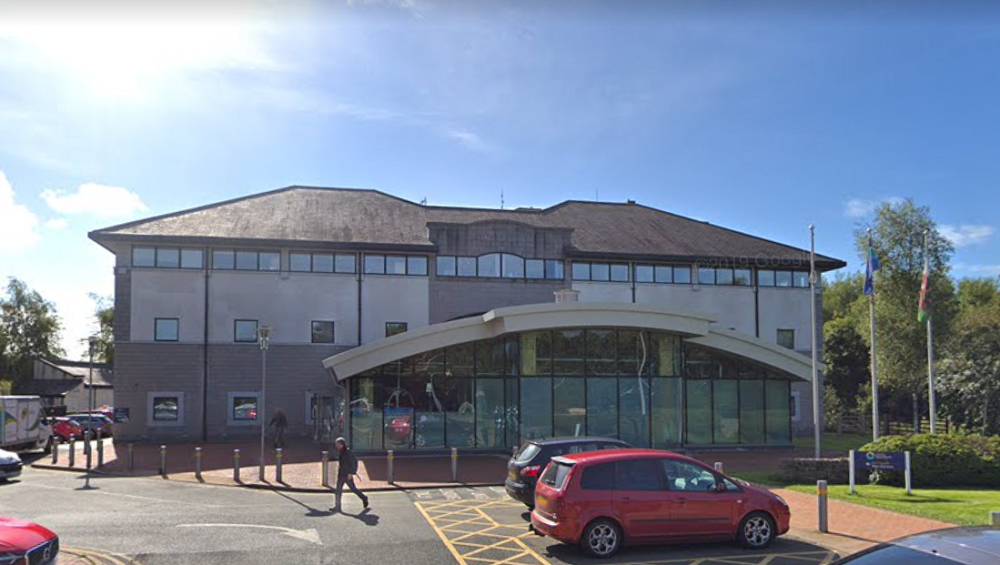Council chief warns population changes will impact on public services in years to come

Anglesey Council’s Chief Executive says the new population figures published earlier in the week as the first tranche of census data was released, will impact on the island’s public services for years to come.
The population data published on Tuesday showed Anglesey’s population has fallen by 1.2% in 2011 to 68,900 in 2021.
However, the total population of Wales grew by 1.4%, increasing by 44,000 to 3,107,500.
Anglesey has also seen an increase of 16.3% in people aged 65 years and over, a decrease of 7.9% in people aged 15 to 64 years, and an increase of just 0.1% in children aged under 15 years.
Dylan Williams, the council’s chief executive said: “These new Census figures confirm that the Island’s age profile has changed.
Ageing population
“Ynys Môn has an ageing population and this will undoubtedly have an impact on our services in years to come, especially health and social care.
“A change in the number and age profile of Anglesey’s population, compared to the rest of Wales, may impact on the financial resources the Council receives directly from Welsh Government to fund its services.”
“All these factors must be taken into consideration as we now work to develop our new Council Plan 2022-27; which sets out the Council’s vision and priorities for the next five years.
“The Council Plan will play a vital role in determining our aims and objectives and look towards future service delivery priorities.”
Council Leader, Councillor Llinos Medi, added, “The new Census figures have confirmed what we has suspected for some time – there are now more older people and fewer young people on Ynys Môn.”
“Forward planning in terms of future service delivery is more important than ever; as is the need to provide more quality jobs prospect to ensure our young people, communities and Welsh language can flourish.”
Decline
Five other local authorities in Wales recorded a decline in population.
Ceredigion recorded the biggest fall at 5.8% and the population also shrank in Blaenau Gwent, Gwynedd, Swansea and Caerphilly.
The 1.4% population growth recorded for Wales marks a significant slowdown on an increase of 5.3% between 2001 and 2011.
That was the largest growth in the population since 1921.
“The rate of population growth in Wales was considerably lower than in England,” the ONS said in its report on Tuesday.
“Population growth was also lower in Wales than in all English regions. The rate of growth in Wales was nearly six times lower than the East of England, the English region with the highest percentage change in the size of the population (8.3%).
“It was also lower than the English region with the lowest population growth, the North East (1.9%).”
Newport saw the highest rate of population growth since 2011 (at 9.5%). This is higher than the population growth rates for both Wales (1.4%) and England (6.6%). The next highest rate of population growth was in Cardiff (4.7%), followed by Bridgend (4.5%).
There were also more people than ever before in the older age groups in Wales; the proportion of the population who were aged 65 years and over was 21.3% (up from 18.4% in 2011).
Support our Nation today
For the price of a cup of coffee a month you can help us create an independent, not-for-profit, national news service for the people of Wales, by the people of Wales.




